by Aden Andrus • June 25, 2019
Lead Nurture vs Direct Signups: Which is Right for Your SaaS Business?
Let’s face it, life as a software-as-a-service (SaaS) marketer is hard. The SaaS model is great, but it’s incredibly dependent on filling and maintaining a large user base. You have to keep a constant supply of new leads and sales coming in or your business is sunk.
Throw investor pressure into the mix and things get even more complex.
Unfortunately, SaaS is becoming an increasingly saturated marketplace. Thanks to a variety of tools and integrations, creating a SaaS product is easier than its ever been, but that means there’s a lot of competition for almost every niche.
All that being said, SaaS marketing is manageable—with the right pay-per-click (PPC) strategy. If you set things up correctly, PPC allows you to immediately penetrate your target market and drive overnight growth. From the investor side of things, PPC ads allow you to scale up or down as needed and since attribution is a breeze, it’s easy to create forecasts and determine exactly what sort of investment it will take to reach your goals.
But what’s the best way to build out your pipeline? Should you target the top of the funnel, build awareness with a large audience and nurture them until they convert? Or should you focus on getting direct signups?
Depending on what you’re selling, both approaches can certainly work, but let’s take a look at the advantages and disadvantages of each to help you decide how to use PPC in your SaaS marketing strategy.
Using SaaS PPC to Get Direct Signups
PPC advertising is often used to drive direct signups. It’s the simplest, most efficient way to get people to sign up for your software.
Basically, you run an ad on Google, Facebook or some other platform that explains how your software solves a problem and encourages people to visit your site and sign up. On paid search, these ads are usually in response to a direct query like “task management software”:
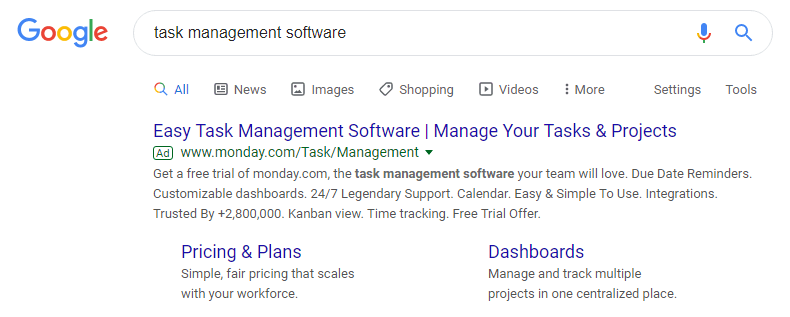
On paid social, these ads are targeted to a specific audience that you believe will be interested in your service:
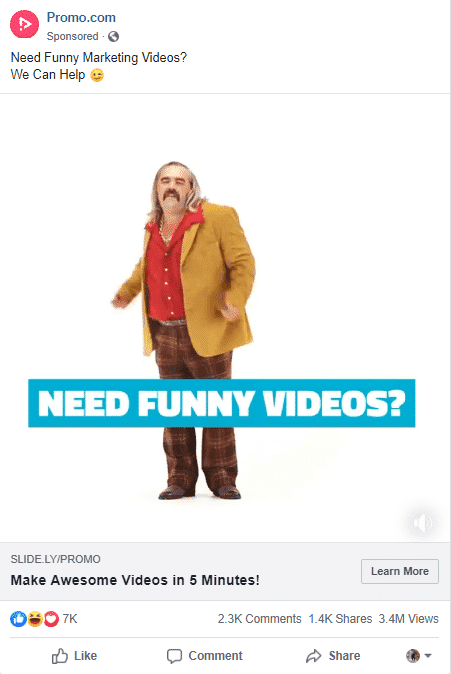
In either case, clicking on the ad sends a user directly to a landing page where they’re given more information about your services and encouraged to sign up:
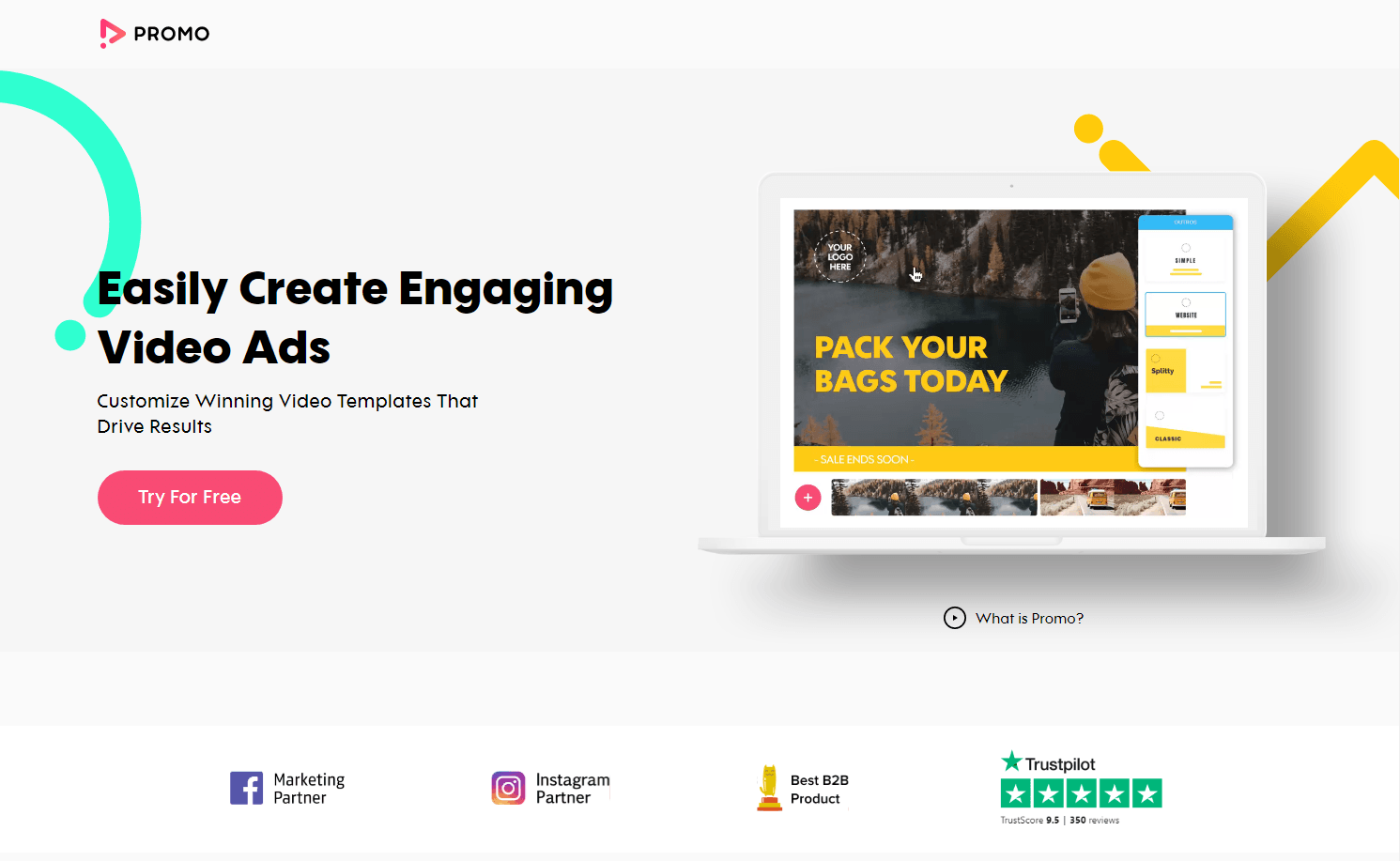
Simple enough, right? If you need signups now, this is the PPC approach for you.
Generally speaking, most direct signup PPC ads follow one of the following models: freemium, free trial, or symbolic pricing. Let’s take a look at each of these models.
Freemium
The freemium is a classic model…because it works. Basically, you offer a free, but limited version of your software that is enough to get people started. Over time, as they find themselves using the service more and more, they discover that they want or need additional features, so they sign up for a paid plan.
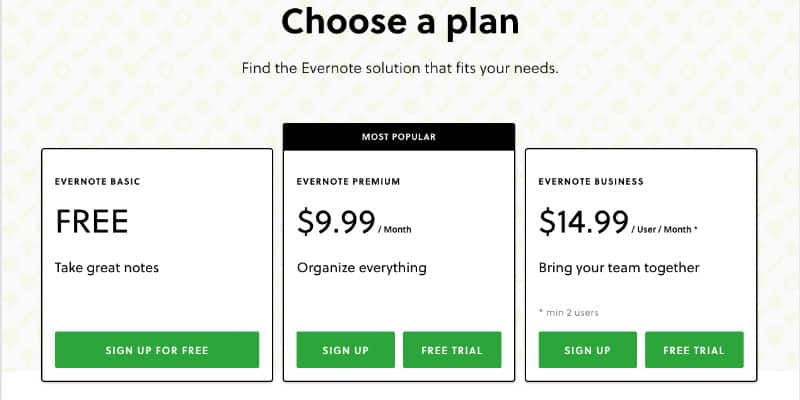
This model works well with direct signup PPC campaigns because it gives users a low-risk way to start using your software. With this model, there’s no reason not to try your service, so people are likely to at least give it a shot.
As a result, this model usually produces a lot of new users. So, if you need to build a user base fast and it doesn’t cost you much to manage a large number of users, this can be a great option.
The downside, however, is that the freemium model often struggles to produce a lot of paying customers. Because your service is free, a lot of people will try it and either stop using it after a time or find that they are happy with the free version and never upgrade. Whether or not that’s a risk you’re willing to take will depend on your business needs, but offering a freemium version of your software is certainly a viable way to grow with PPC advertising.
Free Trial
Like the freemium model, offering a free trial is a great way to give people a low-risk opportunity to try your service. People only have to pay after their trial period ends, so they can try out your software and decide whether or not they like it before they have to commit financially.
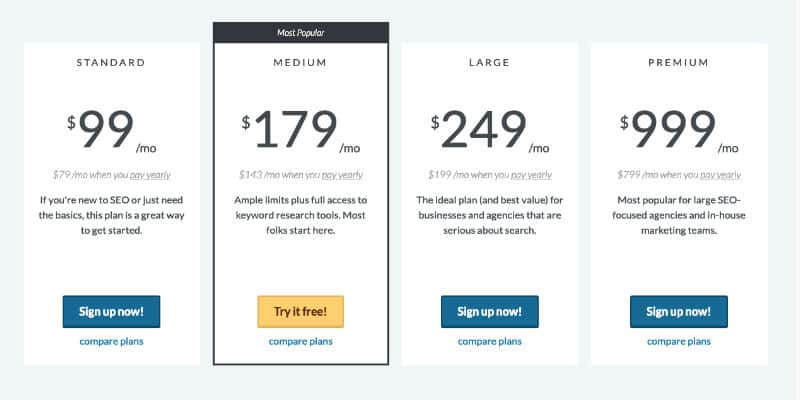
Offering a free trial can definitely increase the number of signups you’ll get from your PPC ads. However, since the free period only lasts for a specified period of time before people have to pay, you won’t get as many signups as you do with the freemium model.
That being said, the free trial model is incredibly popular because it allows you to limit your long-term userbase to paying users while still allowing people to try before they buy. Since most of the people who click on your PPC ads are in research mode, this makes a free trial a great offer to make on your landing pages.
Symbolic Pricing
Symbolic pricing is definitely the least-used pricing model of the three, but it’s definitely a viable option. Unlike the previous two models, symbolic pricing actually requires users to pay something to try your software. This cost is usually a fraction of the full price, but it’s enough to dissuade people from signing up out of idle curiosity.
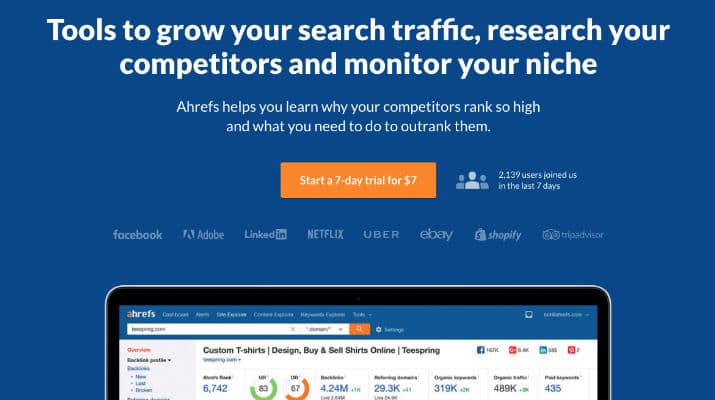
This model generally works best for well-established SaaS companies who want to put a priority on acquiring more paying users—not just building their total user base.
As a result, this model often has a lower conversion rate, but a similar (or higher) number of paying customers. So, if having a customer in your user base costs you a decent amount or you need to increase the overall revenue performance of your user base, this is a great model to use.
Using PPC to Build a Lead Nurturing Funnel
For many SaaS companies—especially during the early phases of their business—getting more direct signups is all they need. However, at a certain point, you need to start looking beyond the bottom of the funnel.
Instead of relying on direct signups, many SaaS businesses opt to use PPC to build a lead nurturing funnel. So, rather than running direct response ads that send people to a signup landing page, you use your ads to promote some sort of free, high-value content (ebook, calculator, quiz, survey, etc) that people can get in exchange for their contact information.
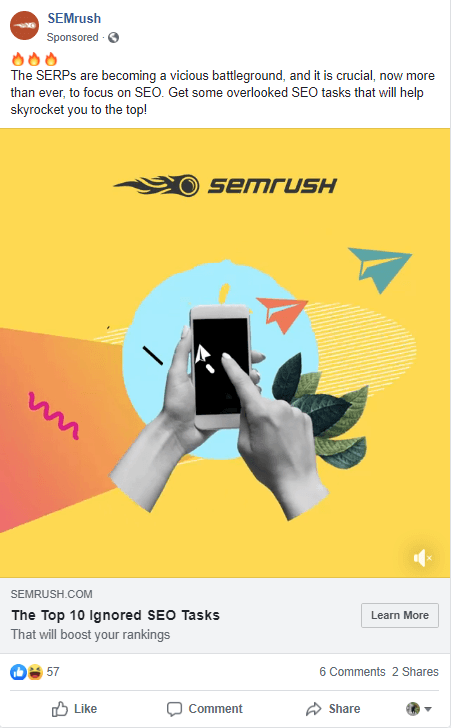
Once you’ve got their contact information, you don’t sic’ the sales team on them, though. Most leads acquired through this sort of approach aren’t anywhere close to being ready to sign up for your service. They might already have an existing (but soon to be inadequate) solution, not realize that they need your software or not be in a good position to buy right now.
So, instead of trying to get people who aren’t ready to buy to, well, buy, a lead nurturing strategy focuses on staying in front of people until they are ready to buy. Generally speaking, most SaaS businesses who use this approach put these top-of-the-funnel leads into a marketing automation program that sends these leads regular content over time.
Again, the goal here isn’t to get people to convert fast. Instead, you’re trying to stay top-of-mind until people are ready to buy, so most of your content is non-promotional. Instead, you send them eBooks, tips and other helpful information that makes you valued resource.
Ideally, this is the sort of response you’re looking for (taken from this article):

Is this person ready to buy today? No. Tomorrow? Probably not. But in 6 months when they’re no longer a “complete newbie to SEO” and realizes that they need a software solution to help them get better results? You can bet they’re going to be signing up with the company that’s been helping them all along the way.
Lead Nurture or Direct Signups?
Both lead nurture campaigns and direct signup campaigns have their merits, so which type should you use? To be honest, it all depends on your business.
In most cases, if money is tight (or you’re trying to impress potential investors) and your target audience is fairly large, it’s usually best to start with direct signups. You usually don’t have the time or patience it takes to wait for a lead nurturing strategy to start paying off.
In contrast, if you’re in a more stable position, need to increase the overall profitability of your user base and/or reach a larger audience, lead nurture campaigns are a good option to consider. Direct signup campaigns are great, but they’re inherently limited to the number of people who are ready to buy right now. If that group isn’t large enough to meet your needs, you need to invest in cultivating your own audience of prospective customers.
With all of that being said, however, the right campaign type for your SaaS business will ultimately come down to which approach produces better results. Some SaaS products are such an obviously good option that they sell themselves. Others require a substantial amount of education, training or other investment, so you have to warm people up to the idea of your software before you can even think of trying to get them to buy.
Odds are, your SaaS business falls somewhere between these two extremes, so the easiest way to figure out which approach is best for your company is to test them both out. Create a landing page with a compelling lead magnet and one that ask for direct signups. Then, run PPC ads for both pages. If you get a great conversion rate on your lead magnet page and next-to-no direct signups, it’s easy to decide which type of campaign to keep investing in.
Conclusion
When it comes to getting new users for your SaaS business, it’s pretty hard to beat PPC advertising. However, if you really want to get great results from your PPC campaigns, you have to pick the right approach.
If your offer, pricing model and end goals aren’t right, your ads simply won’t deliver the results you’re looking for.
So, should you focus on lead nurturing or direct signup campaigns? The answer is ultimately up to you. Both can produce great results, but they are two very different approaches, so it pays to take your time, think thing through and choose the right campaign type for your business.
By the way, if you’d like help setting up PPC campaigns for your SaaS business, let us know here or in the comments! Our SaaS clients have built huge user bases and gone on to receive millions in VC funding. We’d love to help you do the same.
Lead nurture or direct sign ups? Which do you prefer? Have any other tips or advice to add to this article? Leave your thoughts in the comments.





